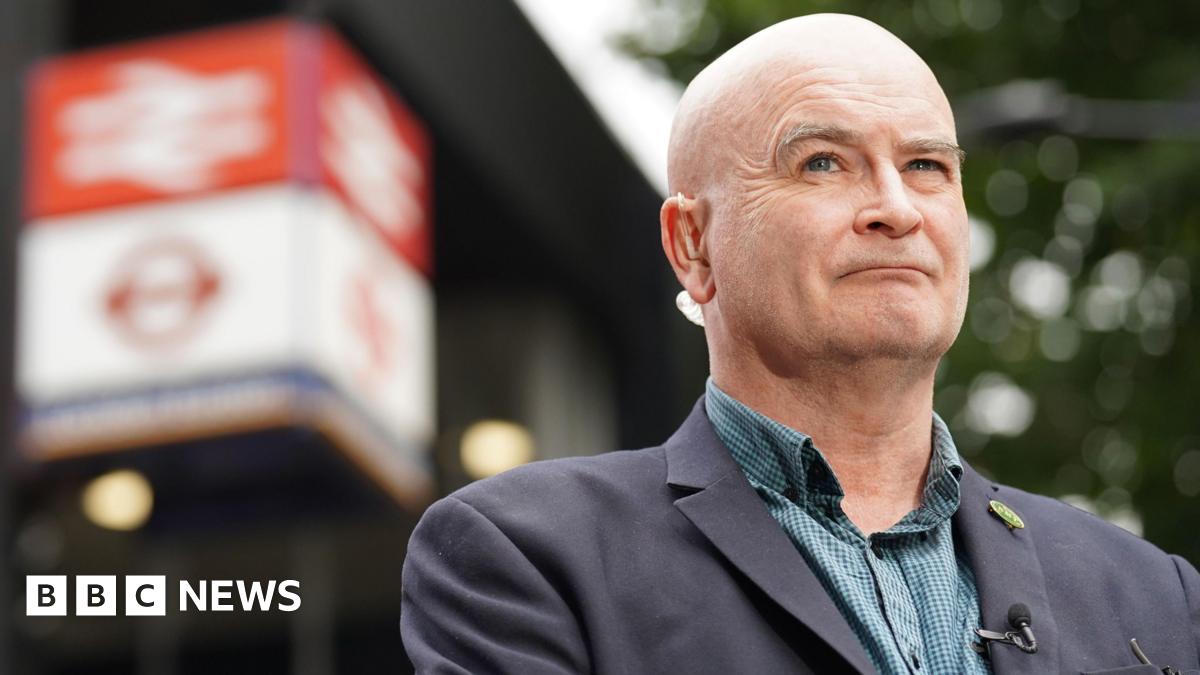Receive free Oil updates
We’ll send you a myFT Daily Digest email rounding up the latest Oil news every morning.
Oil prices rose above $90 a barrel for the first time in 2023 on Tuesday as Saudi Arabia and Russia said they would extend their voluntary production and export cuts until the end of the year.
Saudi Arabia, which leads the expanded Opec+ cartel with Russia, has cut an additional 1mn barrels a day from the global market since July, in what had been originally billed a temporary measure.
But having already extended the cut until the end of September, Saudi Arabia’s state media reported the kingdom would keep its 1mn b/d reduction in place until the end of December, citing the ministry of energy.
Russia has added its own voluntary export cuts in recent months, with deputy prime minister Alexander Novak adding on Tuesday that its 300,000 b/d export reduction would stay in place until the end of the year.
The move, which threatens to reignite inflation concerns globally, is the latest effort by two of the world’s largest oil producers to boost prices despite much of the world grappling with higher energy costs.
It is likely to raise tensions with the White House, which has criticised the kingdom for collaborating closely with Russia, despite Moscow’s full-scale invasion of Ukraine and its weaponisation of natural gas supplies to Europe.
The Biden administration is keen to keep pump prices in check ahead of the presidential election next year, where inflation and fuel costs have already become areas of attack for the Republican party.
US national security adviser Jake Sullivan said after the announcement from Saudi Arabia on Tuesday that president Joe Biden was focused on doing “everything within his toolkit to be able to get lower prices for consumers at the gas pump in the United States”.
But he said there were no plans for a bilateral meeting with Saudi Crown Prince Mohammed bin Salman at this weekend’s G20 summit in New Delhi and that Tuesday’s announcement would not change that.
Bob McNally, president of Rapidan Energy and a former energy adviser to the White House, said the cuts appeared designed to demonstrate Saudi Arabia and Russia’s “unity” on oil policy and to limit the risk of a slowdown in world economic growth weighing on the crude price.
“Barring a sharp economic downturn, these supply cuts will drive deep deficits into global oil balances and should propel crude oil prices well above $90 per barrel,” McNally added.
Brent crude, the international benchmark, settled up 1.2 per cent at $90.04 on Tuesday, breaking $90 a barrel for the first time since November. US marker West Texas Intermediate settled at $86.69, up by a similar margin.
Industry figures fear Russian president Vladimir Putin may attempt to use oil supplies to influence the US election, as potential candidates such as former president Donald Trump have suggested they will try to make Ukraine negotiate with Moscow.
Saudi Arabia also had a close relationship with Trump, who made the kingdom his first overseas visit in 2017 ahead of scrapping the Iran nuclear deal. The crown prince, the kingdom’s de facto leader, also wants a higher oil price to help fund his economic reform programme.
His half-brother, Prince Abdulaziz bin Salman, is Saudi Arabia’s energy minister and has put the kingdom’s oil policy on a more assertive footing, despite pressure from the US to raise production to help cool inflation.
Dan Pickering, chief investment officer at Pickering Energy Partners, said Saudi Arabia was clearly “committed” to a higher price and wanted to make sure crude did not slip back. Brent is up about 15 per cent since the cuts took effect at the start of August.
“The extension of this cut to me proves that Saudi is serious,” Pickering said. “The floor price for crude . . . is moving higher.”
Saudi Arabia’s state media said the decision would still be reviewed monthly, but emphasised output could be revised up or down, indicating the kingdom had not ruled out further production cuts.
Its output has been reduced from about 10.5mn b/d in April to about 9mn b/d, through a combination of Opec+ mandated production targets and its voluntary cuts.
The latest announcement means Saudi Arabia’s oil output is likely to remain at 9mn b/d until the end of December, 25 per cent lower than its maximum capacity of 12mn b/d.
Credit: Source link











